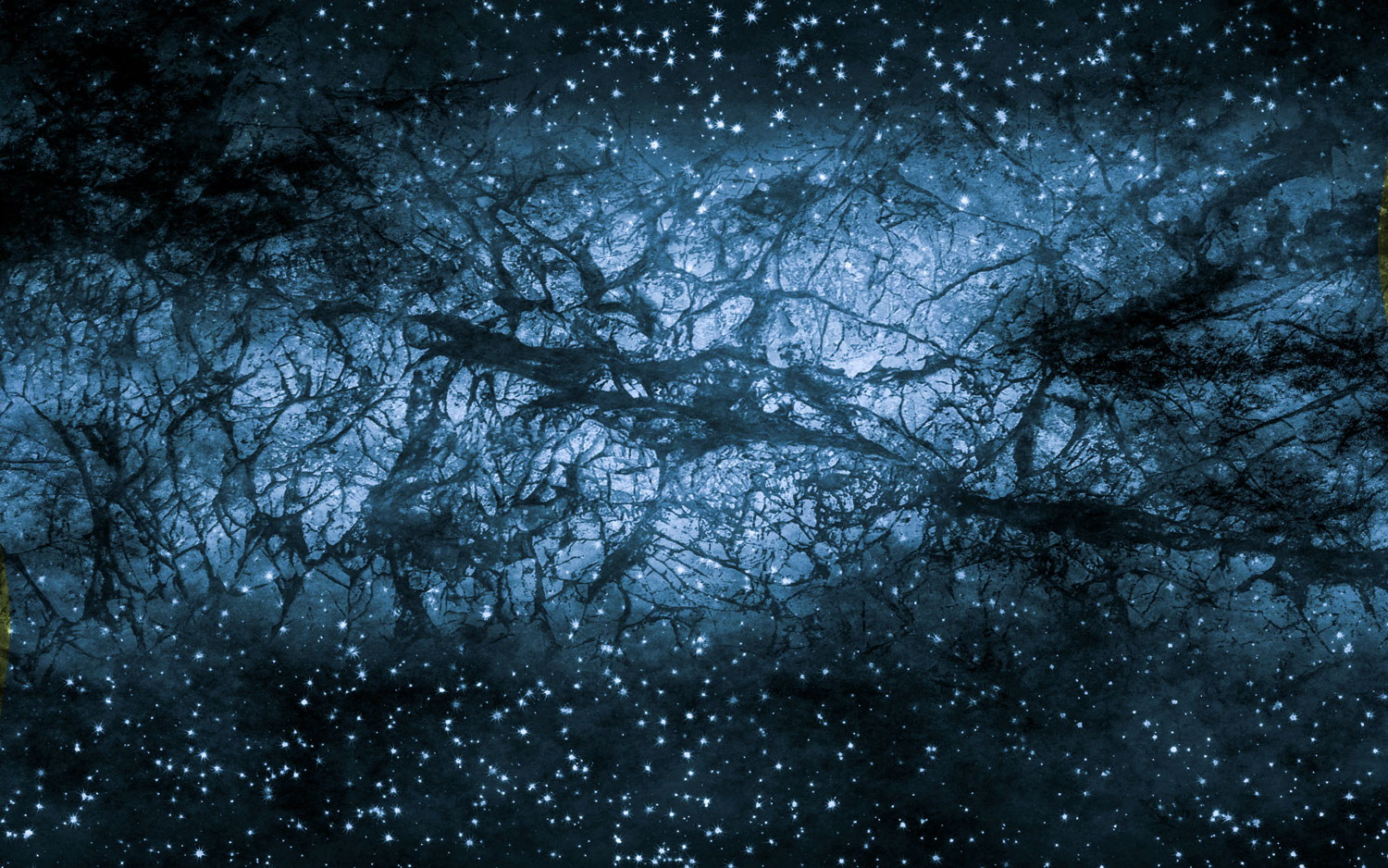For the past few years, the black matter has been a matter of conversation among the scientific community. Nearly 85 percent of the universe is made of dark matter but finding it is hard as it doesn’t give off any light or radiation. The mysterious nature of the substance made it hard to be discovered and made it largely unknown.
According to a team of astrophysicists, who are looking beyond our galaxy think a blob of dark matter might be hiding in open space. Moving slowly behind the Large Magellanic Cloud, a dwarf galaxy where few stars caught up in cosmic slipstream, according to the research paper published by the team.
Stars around the black matter look like they are trapped by the matter and being dragged by it along the ride. “We think this wake is made up of dark matter, and it drags stars along with it, which is how we can detect it,” study co-author and University of Arizona researcher Nicolás Garavito-Camargo said in a press release.
Dark Matter
More than 85 percent of the galaxy is made up of materials that are not visible directly to scientists. Since 1920, scientists and astronomers believed that the universe contains more matter that cannot be seen by human eyes as it does not emit light or radiation. Support for this belief grew since then, now scientists are able to collect evidence that dark matter exists.
“Several astronomical measurements have corroborated the existence of dark matter, leading to a worldwide effort to observe directly dark matter particle interactions with ordinary matter in extremely sensitive detectors, which would confirm its existence and shed light on its properties. However, these interactions are so feeble that they have escaped direct detection up to this point, forcing scientists to build detectors that are more and more sensitive,” Gran Sasso National Laboratory in Italy (LNGS) said in a statement.
Various experiments
In recent years, astronomers conducted various experiments to find dark matter. Reports suggesting a dark matter hurricane, but cannot be seen by human eyes have come out. The Laser Interferometer Gravitational-Wave Observatory (LIGO), an American detector, started hunting for dark matter using gravitational-wave data.
The Large Synoptic Survey Telescope (LSST) in Chile is collecting detailed images of space every 15 seconds and completing a full scan every 10days. Then collected images will be compared to notice dark matter’s impact on galaxies, stars, and their interaction as it is believed that dark matter impacts them directly.
Invisible force
Dark matter is believed to help the galaxies hold together, the new paper that the stars spotted are stuck within invisible dark matter. By the moment of these stars, scientists will be able to study dark matter.
“You can imagine that the wake behind a boat will be different if the boat is sailing through water or through honey,” In this case, the properties of the wake are determined by which dark matter theory we apply.” said author and Harvard University astronomer Charlie Conroy said in the release.

